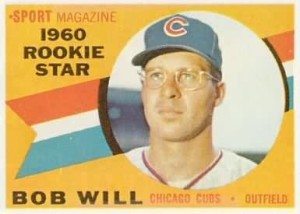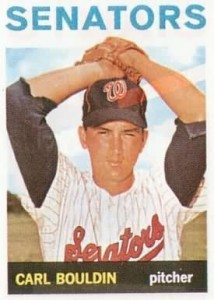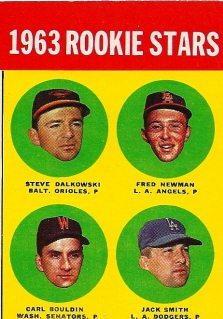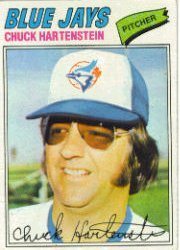Fading from view, all too fast!
“The Stadium was cool. But my memories of the players that I had read about are/were more clear.”
— Senators pitcher Carl Bouldin
In the first-year replies I’ve shared in “Baseball By The Letters,” I’ve loved player memories about the ballparks I never visited.
However, I’m beginning to understand the many half-answers I receive.
J.W. Porter remembered how close the fans in Tiger Stadium were. Pitcher Al Grunwald (who passed away in January) said he felt like he could reach out and touch the Green Monster from the pitcher’s mound.
Those are exceptions. So often, most players are like Bouldin. They’re so happy to be a major leaguer that the “where” of their career is almost a riddle. Stat-oriented players sometimes stop at quoting outfield dimensions to me. Of course, if you’re a pitcher afraid of gopher balls or a pinch-hitter hoping to tie a game, you may be fixated on how far that right field wall is (or isn’t).
I won’t give up yet. The list of people still here to tell you about playing in Ebbets Field, the Polo Grounds or Crosley Field dwindles yearly. I realize that each question is like swinging for the fences in the bottom of the ninth. We’re supposed to take time to smell the roses along the way, says the song. I think too many players were so busy trying to keep their jobs. They never realized that their place of employment would become a baseball shrine that future generations could only dream about.





